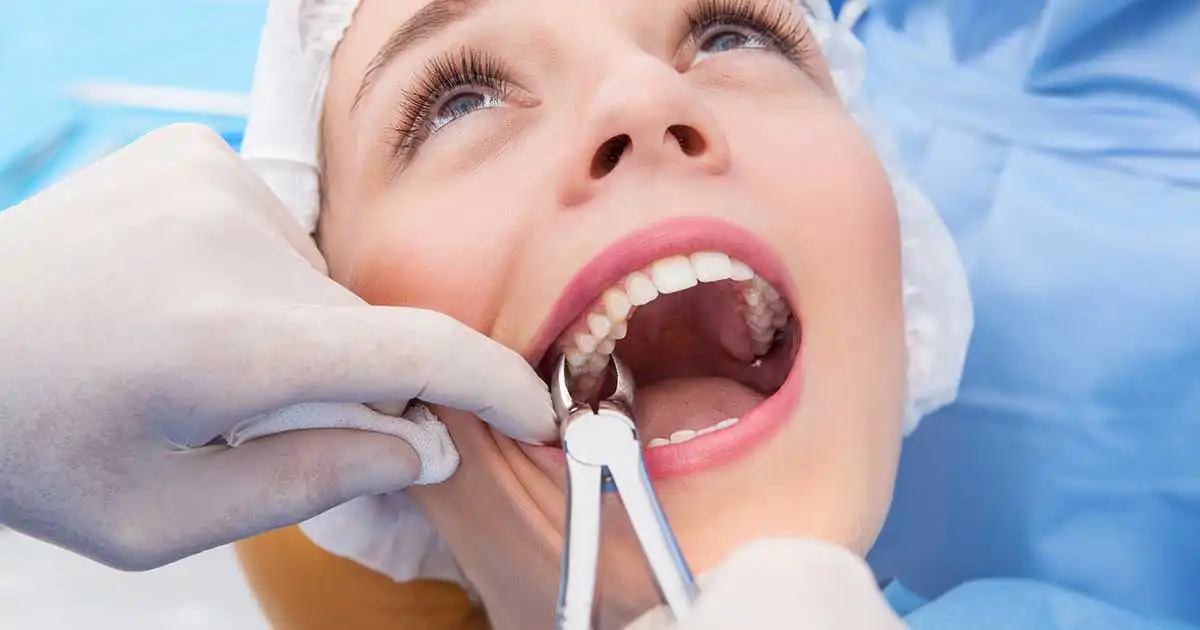Web designing in a powerful way of just not an only professions. We have tendency to believe the idea that smart looking .
Tooth extraction is the process of removing a tooth from its socket in the jawbone. This procedure is commonly performed by dentists and oral surgeons for various reasons, including severe tooth decay, infection, crowding, and impacted teeth.
Severe Tooth Decay:
When tooth decay extends deep into the tooth and affects the pulp, extraction might be necessary if a root canal treatment is not feasible.
Gum Disease:
Advanced periodontal disease can cause teeth to become loose due to the destruction of the surrounding bone and gum tissue.
Impacted Teeth:
Wisdom teeth (third molars) often become impacted, meaning they do not fully emerge or grow at an angle, causing pain and potential infection.
Overcrowding:
In orthodontic treatments, teeth may be extracted to create space for proper alignment.
Infection:
An infection in the tooth that does not respond to antibiotics may require extraction to prevent it from spreading.
Trauma:
Teeth that are severely damaged due to trauma or injury may need to be removed.

Performed on visible teeth under local anesthesia. The dentist loosens the tooth with an elevator and removes it with forceps.
Necessary for teeth that are not easily accessible, such as impacted wisdom teeth. This procedure may require local anesthesia and sedation. The dentist or oral surgeon makes an incision in the gum to access the tooth.


Recovery typically takes a few days to a week. Following post-extraction care instructions can help speed up the healing process.
The procedure itself is not painful due to local anesthesia. However, some discomfort and pain are expected during the recovery period, which can be managed with pain relievers.
You can brush your teeth, but avoid the extraction site for the first 24 hours. After that, brush gently around the area to prevent irritation.
Most people can resume normal activities within a day or two, but strenuous activities should be avoided for at least 24 hours to minimize the risk of complications.
Depending on the location and reason for extraction, your dentist may recommend replacing the missing tooth with an implant, bridge, or denture to maintain oral health and function.

